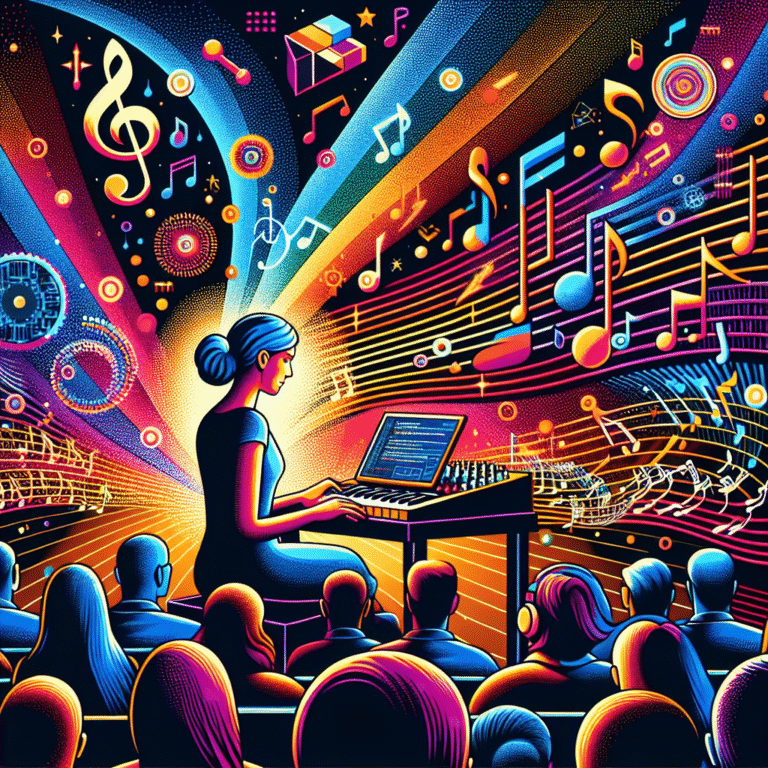Lizzie Wilson, a live coder, demonstrates the intersection of Artificial Intelligence and creativity by incorporating AI-driven generative models in her electronic music performances. This art form, known as algorave, uses real-time coding to create music, providing a unique and interactive experience for audiences. Wilson leverages a live-coding agent—a type of generative AI—that introduces unpredictable beats and loops to her music, pushing creative boundaries.
The concept of co-creativity, or more-than-human creativity, is being explored by researchers like Wilson and institutions such as the Creative Computing Institute. Artificial Intelligence tools are being developed to inspire human creativity, offering new mediums and helping artists produce work that might not have been possible independently. While generative models from tech giants like OpenAI and Google DeepMind offer automated creative outputs, they differ in that they aim to supplement rather than supplant human creativity.
However, the rapid adoption of generative tools raises concerns over their impact on human creative development. Critics argue that while these tools democratize access to creative processes, they potentially stifle independent creativity and problem-solving skills. Concerns are akin to those expressed by Microsoft´s research team, which warns against over-dependence on such tools. Nevertheless, some artists and researchers see potential in these technologies to enhance creative practices by introducing elements of surprise and pushing creators into new directions, analogous to how artists have historically transformed technology into art.

